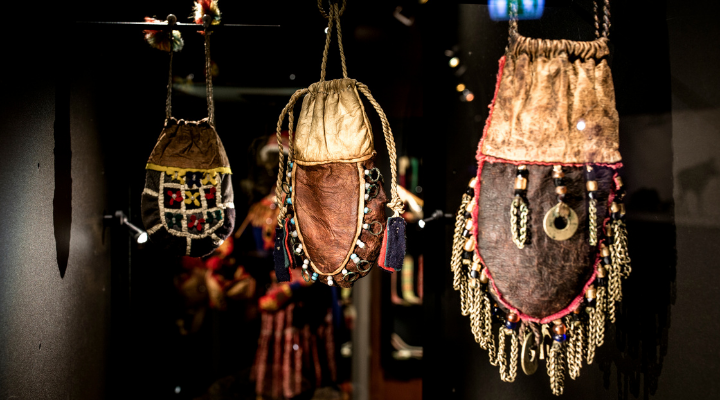The history of Silvermuseet began in the early 1920s when Einar Wallquist, a young, newly-graduated provincial doctor, came to serve in Arjeplog. He was soon captivated by the district and its people and quickly began collecting artefacts with the intention of documenting Arjeplog’s rich cultural history.

For almost four decades, Wallquist worked as provincial doctorar, and each year his collection of objects grew. But it wasn’t until his retirement he could fulfil his plan to establish a museum.
The location of the museum was set to be the old “Kronskolan” that used to be an boarding school for nomadic Sami’s children. The house was dilapidated and was about to be demolished to give room for the new road that was planned through the town. Wallquist lodged a petition with the Swedish National Heritage Board to be granted permission to relocate and renovate Kronskolan to make it suitable for housing a museum.

The Doctor’s petition was favourably received. He decorated the interior of the future museum with reconstructed interiors from homes on small farms and with objects that were familiar to Arjeplog’s residents. In 1965, a few years after he retired, Einar Wallquist was able to open his Silvermuseet in the former nomad school. He served as head of the museum until the end of 1985, when he passed away at almost 90 years of age.

Since the start of the museum 50 years ago, the old schoolbuilding has become to small. New buildings has been built, both above and over ground.
Today, there are seven fixed exhebitions. Among them, Mujttalus, From Nature and Doktorsgården. The Silvermuseet can also flaunt with the greatest collection of Sami Silver in the world.
“It should never become static; something must always be happening,” – Dr. Einar Wallquist

(Source: www.silvermuseet.se)